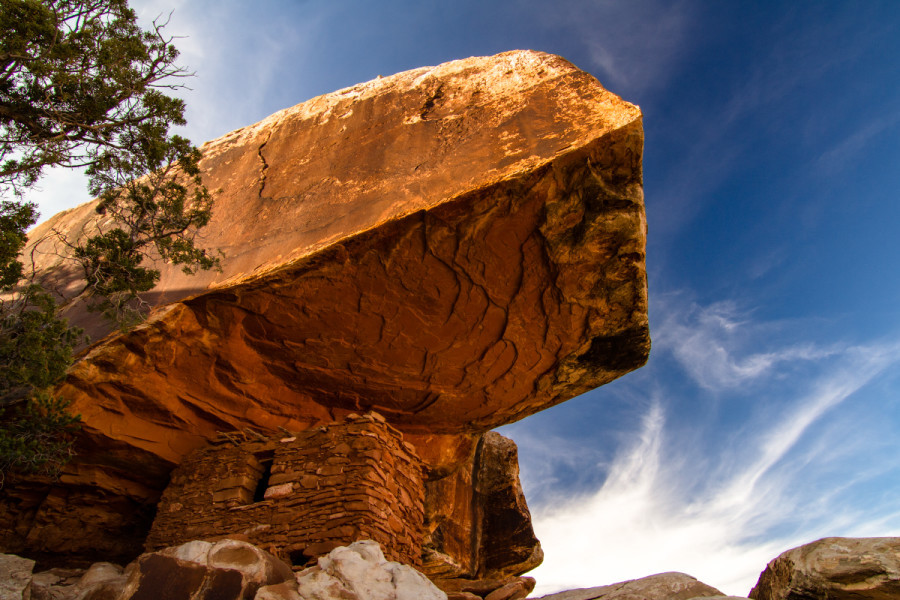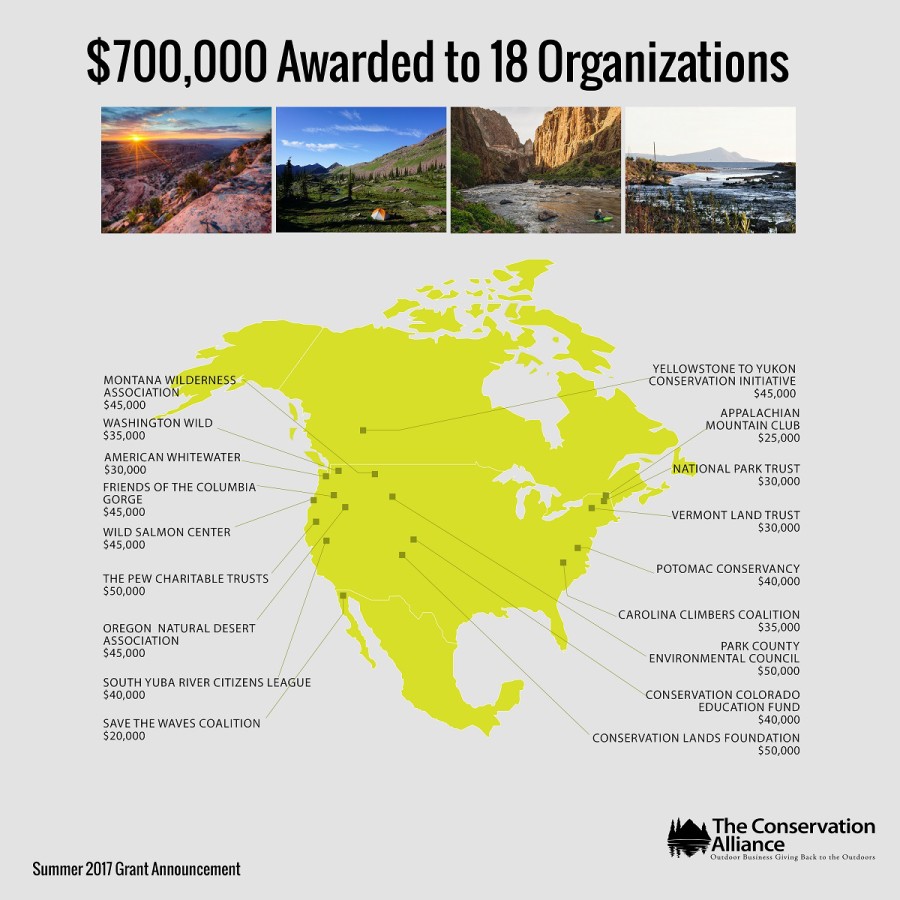
The Washington Post reported this week that it had received a copy of Interior Secretary Ryan Zinke’s report to President Trump in which he recommends diminishing the protections for ten National Monuments, including shrinking the boundaries of six of those places. The report is the product of an unprecedented four-month review of 27 National Monuments — ordered by President Trump in April — to determine whether some of their boundaries should be changed. Zinke submitted his recommendations to Trump on August 24th, but did not make the report public.
In the report, Zinke makes the case that the boundaries of Bears Ears and Grand Staircase Escalante National Monuments in Utah, Cascade-Siskiyou in Oregon, and Gold Butte in Nevada be reduced. He also recommends shrinking two marine National Monuments – Pacific Remote Islands and Rose Atoll – both in the Pacific Ocean near Hawaii. Zinke does not specify whether those changes should be made by the President or by Congress, and the report does not identify exactly how the monument boundaries should be changed.
In addition to the boundary changes, the report recommends that the management of all ten monuments permit activities that are currently restricted. Such activities would loosen constraints on logging, grazing, and commercial fishing in the protected areas. These management changes would impact the monuments recommended for size reductions as well as Organ Mountains Desert Peaks and Rio Grande del Norte National Monuments in New Mexico, Katahdin Woods and Waters in Maine, and Northeast Canyons and Seamounts off the coast of New England.
President Trump has yet to take any action on the recommendations, so nothing has changed since Zinke first submitted the report to the President on August 24th. We stated then that any attempt to change National Monument boundaries by executive action would be an unprecedented assault on the crown jewels of our public lands system.
After reviewing the full report, it is clear that Secretary Zinke is giving his boss bad advice. Changes to these ten monuments would not only undermine our national conservation legacy, but impact local communities that rely on these protected places to drive tourism and outdoor recreation. We are prepared to use our grant program to fund litigation challenging boundary changes made by executive action; we will support grassroots conservation groups that work to organize opposition to legislative efforts to shrink monuments; and we will continue to organize our member companies and their employees and customers to speak out forcefully in support of our public lands.
The report notably depends on inaccuracies and falsehoods as it makes the case for shrinking or changing the management of National Monuments. Those fictions are well-documented in a good OutsideOnline article published this week. News outlets have started to pick up on Zinke’s shaky relationship with the truth, including this editorial from the Medford Mail Tribune, the largest newspaper near the Cascade-Siskiyou National Monument.
Now that the report is public, we wait until President Trump takes action on the recommendations. At that point, he will either take executive action to change the monuments in question, or punt the whole thing to Congress, or do a little of both. We will continue to update our members as the National Monument situation evolves.


